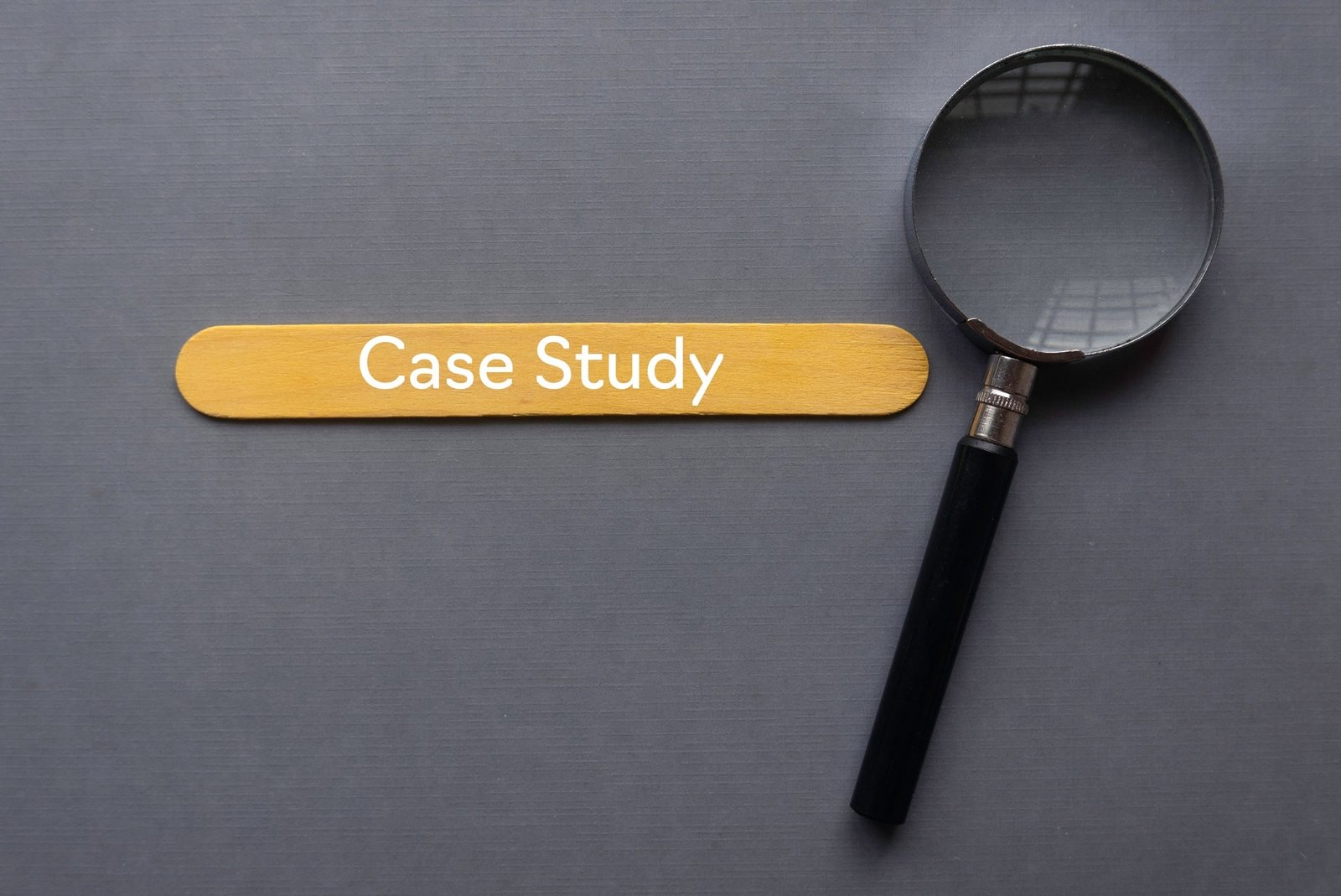When sourcing industrial tapes, many African buyers and engineers face challenges that can lead to costly mistakes. These pitfalls often stem from misconceptions about tape performance, supplier reliability, or environmental factors unique to Africa. But with the right strategies, you can avoid these issues and make informed procurement decisions.
The most common mistakes in tape procurement include underestimating application requirements, overlooking supplier credibility, and failing to consider environmental impacts. Understanding these pitfalls ensures better tape performance and long-term cost savings.
Let’s delve into these common challenges and provide actionable solutions to help you avoid them.
Common Pitfalls and How to Avoid Them
1. Overlooking Application-Specific Requirements
One of the most frequent errors is selecting a generic tape without considering the specific demands of your application. This can lead to adhesion failure, wasted materials, and project delays.
How to avoid it?
• Clearly define the tape’s intended purpose—whether it’s for sealing, bonding, insulation, or another use.
• Consult with suppliers about tapes designed for your industry, such as heat-resistant tapes for automotive applications or UV-resistant ones for construction.
• Always request and test samples before making bulk purchases.
2. Ignoring Environmental Factors
Africa’s diverse climates pose unique challenges to tape performance. Tapes that perform well in mild conditions may fail in regions with extreme heat, humidity, or UV exposure.
How to avoid it?
• Evaluate the environmental conditions where the tape will be applied.
• For high-temperature areas, choose tapes with heat-resistant adhesives.
• For coastal regions, prioritize moisture-resistant or anti-corrosion tapes.
• Seek UV-resistant tapes for outdoor applications, such as roofing or signage.
3. Choosing Price Over Quality
While cost is a major consideration, prioritizing low prices over quality can result in higher expenses due to frequent replacements or product failures.
How to avoid it?
• Use a Total Cost of Ownership (TCO) approach: consider long-term costs, including maintenance and replacements.
• Compare suppliers to ensure competitive pricing without compromising quality.
• Look for certified tapes that meet international standards like ISO 9001 or RoHS compliance.
4. Relying on Unreliable Suppliers
Working with unverified or inexperienced suppliers often leads to delayed deliveries, subpar products, or lack of technical support.
How to avoid it?
• Research the supplier’s reputation and experience, particularly in African markets.
• Verify their certifications and ask for client references.
• Partner with suppliers offering strong technical support and clear communication.
5. Failing to Account for Logistics and Import Challenges
Delays in shipping, high customs duties, and inconsistent supply chains can disrupt projects and inflate costs.
How to avoid it?
• Work with suppliers familiar with African logistics and regulations.
• Consider local suppliers to reduce delivery times and import fees.
• Establish contracts with clear delivery timelines and penalties for delays.
6. Skipping Regular Performance Reviews
Once tapes are procured, failing to assess their performance in real-world applications can lead to unnoticed inefficiencies or quality issues.
How to avoid it?
• Implement a regular review process to evaluate tape performance.
• Monitor metrics such as adhesion strength, durability, and resistance to environmental conditions.
• Provide feedback to suppliers for continuous improvement.
Conclusion
Avoiding these common tape procurement pitfalls requires careful planning, supplier evaluation, and a focus on application-specific needs. By addressing these challenges, African buyers and engineers can achieve better performance, reduce costs, and ensure long-term success.






